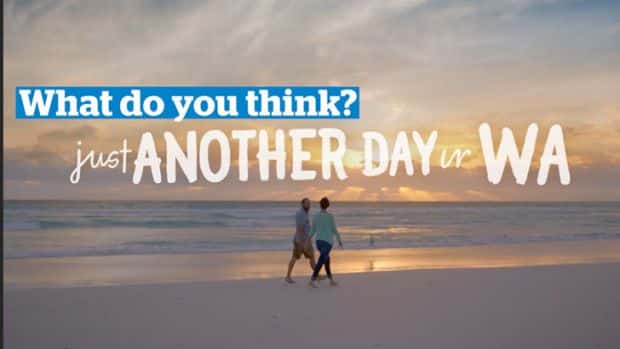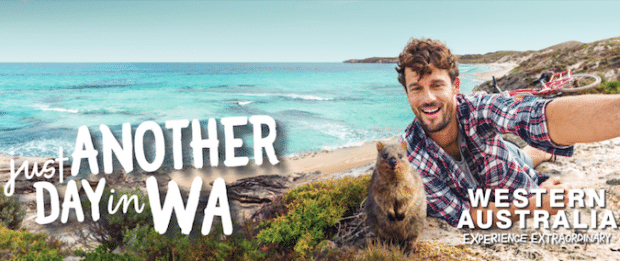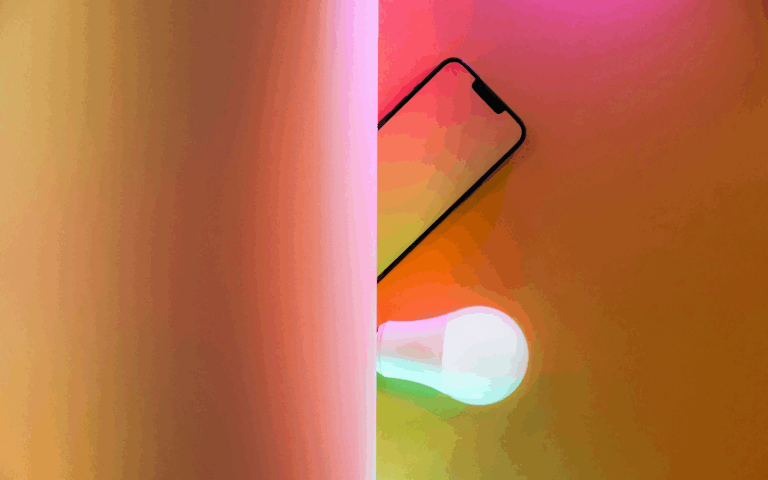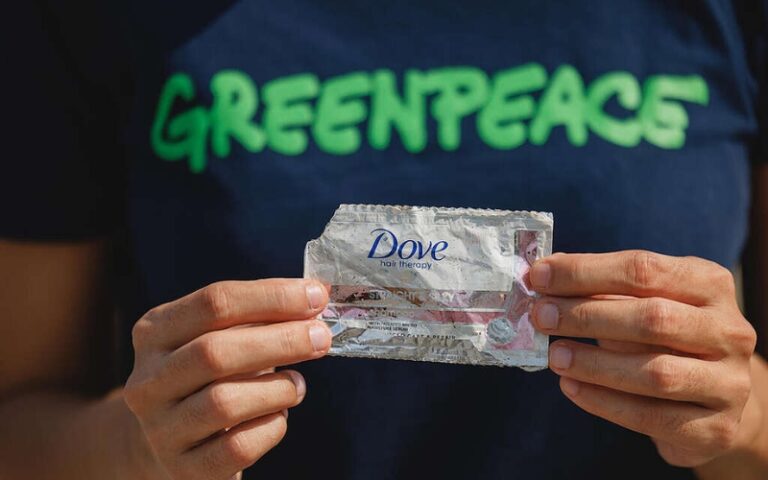Every company wants to have that next great marketing campaign and to enlist the powers of social media to help them reach this status. But the launch of a new tourism campaign unveiled by WA Premier and Tourism Minister Colin Barnett using the hashtag #justanotherdayinWA, sparked an immediate social backlash.
1) The campaign #justanotherdayinWA
“..there is something so special about the red dirt against that blue sky” ?kimrobnwally/IG #justanotherdayinWA pic.twitter.com/Get4dI2K4c
— Western Australia (@WestAustralia) June 22, 2016
The tourism campaign was launched to help promote Western Australia’s top attractions. The strategy behind the campaign is a result of the state government currently seeing tourism in the area as a place for major economic growth. They wanted to use social media to heighten the awareness.
The plan behind the scenes was for the government to increase the value of tourism from 49 billion to $12 billion by 2020 – whilst spending $5.5 million directing people to a website promoting the state’s attractions.
The rationale behind using social media as part of their strategy makes sense. It is the fastest growing area of communications, the simplest way to communicate your message and it can reach large audiences in seconds – if handled and communicated properly.
2) Be careful what you trend
The hashtag #justanotherdayinWA as innocent as it may seem was soon mocked on Twitter with some tweets using the hashtag to highlight shark attacks, traffic congestion and poor public transport.
Just paid 10 bucks for a coffee. #justanotherdayinwa
— Xavier Roux (@RouxXavier) June 10, 2016
Cheaper to fly to #bali for the weekend than fly intrastate to visit #family and #friends #justanotherdayinWA pic.twitter.com/zPN58sdDo9
— Debbie (@DebinWestOZ) June 10, 2016
Still waiting for the escalators to be fixed at Perth Station after 6 months #JustAnotherDayinWA
— Andy Parry (@handee_andee) June 10, 2016
In some respects the phonological rhythm and rhyme have something about them to be admired, maybe even a winning formula. However the execution and the wrong reasons being portrayed in communications, really set it up for backlash before it had even begun.
Of course with social media not everything is going to be positive or supportive, (look at those companies who change their logo – not everything is always to everyone’s taste). However, there also has to be a strategy in place to deal with this – as you still need to protect your brand without it taking too much of a bashing.
3) What would make it a success?
Firstly, the campaign needed to be communicated properly – with an explanation in a release about what the hashtag is about and how they want people to use it – reported that they wanted people to say what made Western Australia so great, a kind of word of mouth promotion.
Secondly it needed to feel like it wasn’t a copycat campaign. There are several hashtag campaigns running and those that stand out the most are those which are followed up with a really well executed marketing campaign, something to support your social media work – a hashtag campaign is often not strong enough on its own.
Thirdly, you need to take into account and carry out a risk analysis, which not a great term when you want to be as creative as possible. But it does need to be considered when you’re working with branding and campaigns on a large scale.
This in turn and finally lends itself to research. What information did they use to come up with such a campaign, was it researched, tested on a small sample and evaluated before the big launch…well no not in this case it would seem.
4) Affecting the brand
No matter what you do, you have to put your brand first. Your way of communicating to your audience is reflective of your brand. If you have a strategy for growth your marketing team need to be aware of this and everyone needs to build on it and with it.
Not one single element will help you achieve your goal but a number of situations, all communicated and used in a timely manner will.
Creativity needs a strategy – without it you’re just another hashtag on another day.
Companies must also remember to protect their brand and respond to the publicity they receive, not dismiss it as part of the norm. You need to show you have listened and are listening to what is being said. It is this that will build your brand, your reputation and in time your balance sheet.
References: Marketing Mag, ABC Australia
Pictures from: SoPerth.com.au; WAToday.com.au









